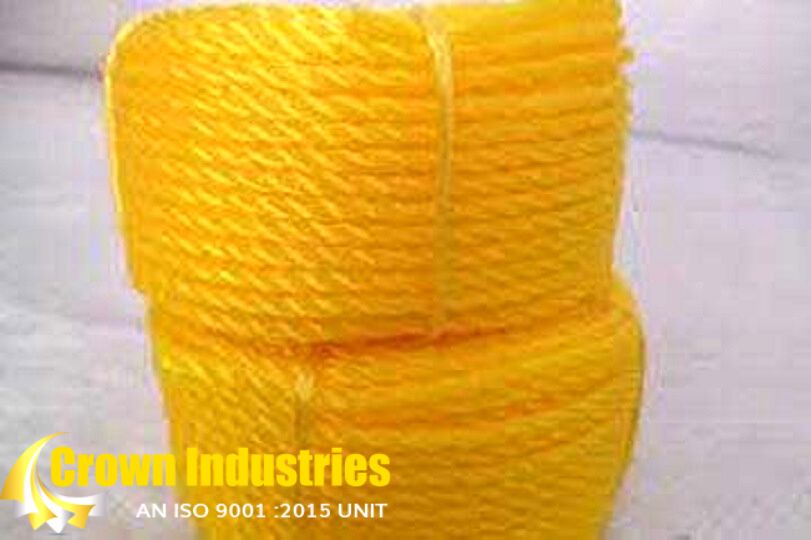
There are many situations where one may need to cut a rope. It is popular in maritime and industrial usage. While many cut the ropes according to their customisation, there is one slight problem everyone faces. It is known as fraying.
What is Fraying?
Fraying is the technical term for the uneven edge that remains after the rope is cut. The edge of the rope gradually breaks into loose strands. This ultimately causes severe damage by disintegrating the fibre of the rope. It is an issue that affects even the leading polypropylene rope manufacturers.
Ways to Prevent Fraying in Polypropylene Ropes:
If someone thinks that fraying is irreparable damage, they are grossly mistaken. There are some procedures by which this effect can be prevented on ropes. More about this is discussed in the blog below.
- Binding with Electrical Tape: The cut edge of the rope should be bound with strong electrical usage tape. This helps better integration and stops both natural and synthetic ropes from fraying. One should attach the tape before cutting the rope so that the surface remains wrapped tightly by the tape. These tapes are generally water resistant, so one can remain assured of any water-related damage.
- Whipping: It is one of the popular and commonly preferred methods of preventing a rope from fraying. Using a high-grip twine and a single roll is enough to accomplish this goal. The whipping process can be exerted on natural and synthetic ropes and gives a professional finish. For polypropylene ropes, the experts generally follow the cauterisation method.
- Heat Application: Applying heat on the frayed strands of a rope is a reliable method. It is the most suitable form to prevent fraying if someone uses a Polypropylene rope. Typically, a cigarette lighter or a blowtorch can seal the deal. Some also use a hot knife to accomplish two goals simultaneously. This process results in flush sealing, which keeps the rope easier to use in the long run.
- Back Splicing: It is a common process performed after the rope has been sealed by heat. After back splicing, one doesn’t have to rely on other procedures like whipping or heat shrinking. The loose strands of the cut edge should be interwoven back to the length of the rope.
These are the common methods with which one can prevent a rope from fraying. These can be used in all types of ropes, including the ones made from synthetic fibres. For better products, one should contact a well-known polypropylene ropes manufacturer near them.
